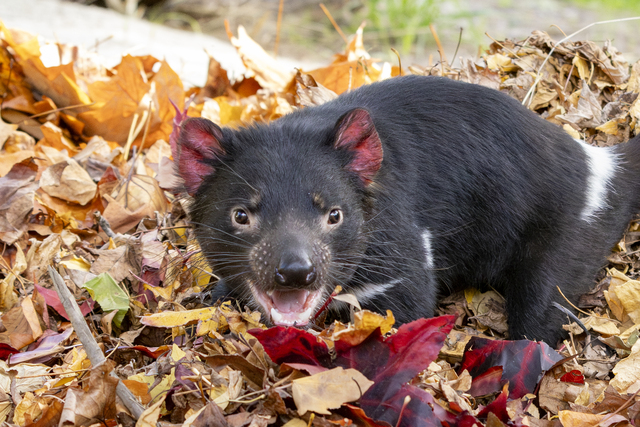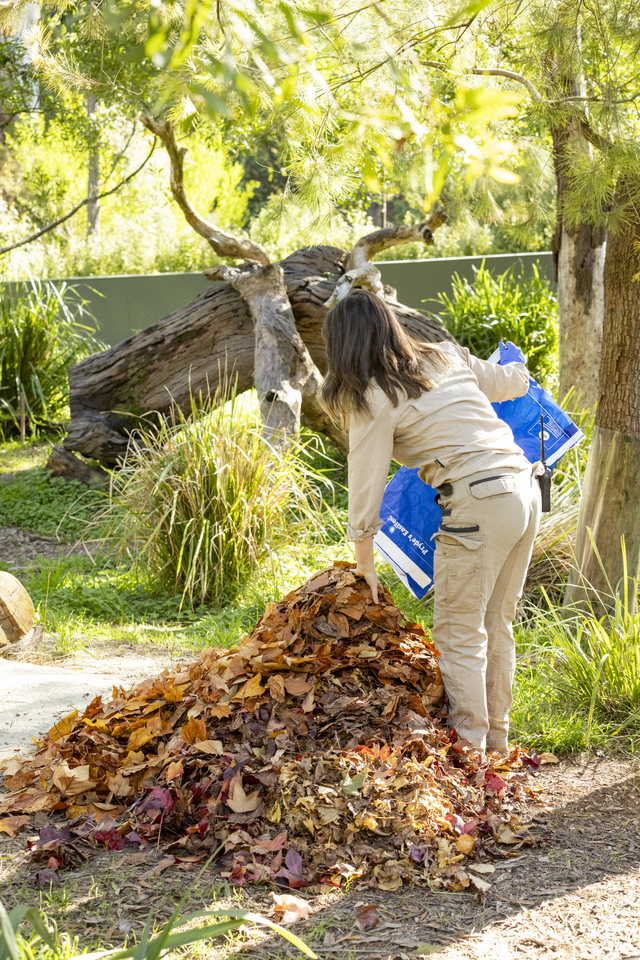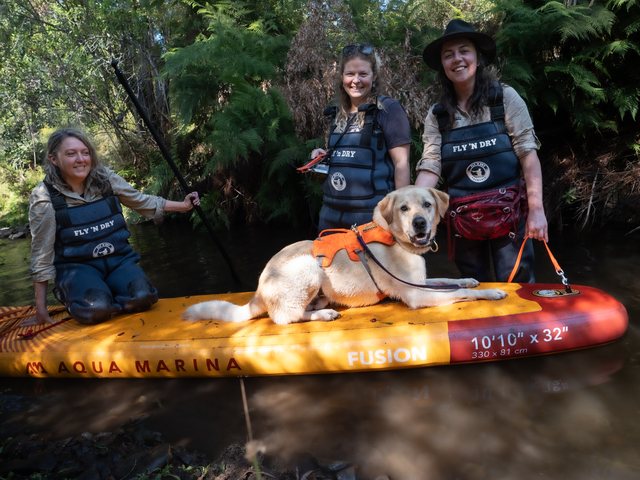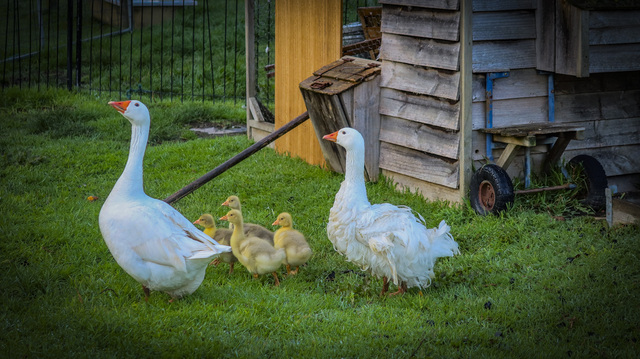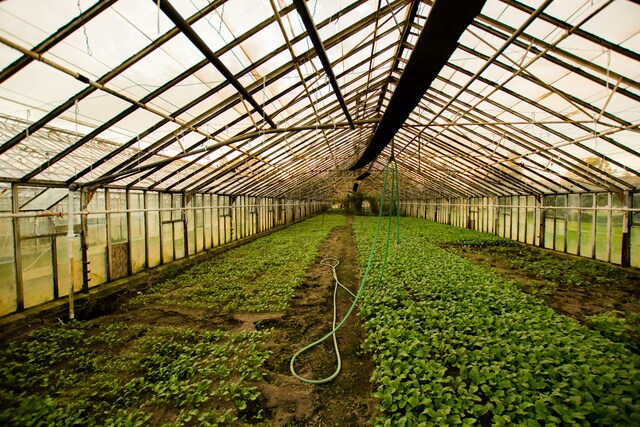All the leaves may be turning brown and the skies a little grey but that isn’t stopping Healesville Sanctuary’s Tasmanian Devils from embracing seasonal change.
Zookeepers are piling up crunchy autumn leaves to stimulate two-year-old male Bagheera’s senses during mealtime.
Healesville Sanctuary threatened species keeper Grace McKenzie said it was intriguing to see what the devil thought of the leaves because he is more familiar with native evergreen trees.
“We mixed in some little treats of parmesan and egg which smell and taste quite different to his regular diet of meat, so he could investigate and climb through the leaves searching,” she said.
“It’s novel to have the leaves in his habitat, so he was a little bit timid to start with. However, he soon became more confident and started digging around searching for food.
“We have a varied food schedule for the Tasmanian Devils. We like to introduce new things to them often to keep them guessing daily.”
Tasmanian Devils are gorge feeders.
When they do come across food, they will eat as much as possible as quickly as possible.
They can eat up to 40 per cent of their own body weight in one sitting and will then sleep it off for the next couple of days.
Autumn is the perfect season to visit Healesville Sanctuary because the days are cool and crisp in the morning with stunning, still afternoons.
The best time of day to see the Tasmanian Devil is in the afternoon when they are most active.
All the trees within the bushland setting of Healesville Sanctuary are native evergreen.
Zoos Victoria is a partner of the Save the Tasmanian Devil Program.
Healesville Sanctuary manages a breeding population of Tasmanian Devils as part of a long-term insurance program to ensure fitness, health and genetic diversity are maintained into the future.
Tasmanian Devils are the world’s largest living carnivorous marsupial.
They are classified at Endangered with a decreasing population according to the International Union for Conservation of Nature Red List.
A major threat to the survival of this species is a disease known as Devil Facial Tumour Disease which develops rapidly and is fatal.

